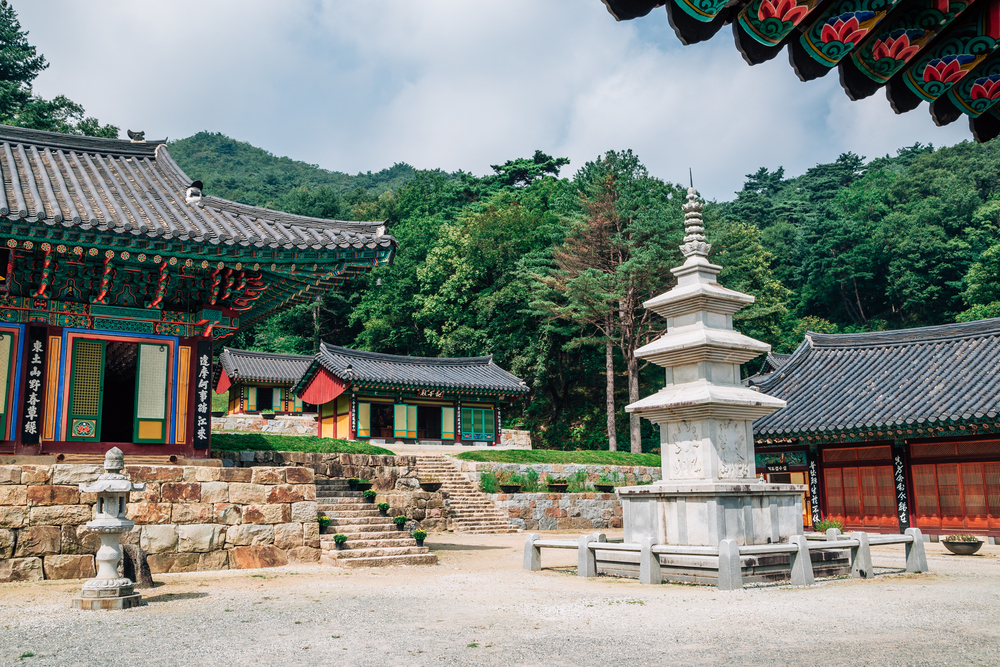Chiaksan Overview
Chiaksan National Park, located in Gangwon Province, South Korea, is a stunning natural haven named after its most prominent mountain, Chiaksan, which translates to “Pigeon Mountain” (치악산 in Korean). This park, covering approximately 73.3 square kilometers (28.3 square miles), is a mesmerizing blend of mountainous terrain, dense forests, and tranquil streams, offering visitors a perfect escape into nature. Situated near the city of Wonju, Chiaksan National Park is an easily accessible destination that combines cultural heritage with breathtaking natural beauty.
The terrain of Chiaksan National Park is characterized by rugged mountains and steep cliffs interspersed with lush valleys and clear streams. Mount Birobong, the park’s highest peak, rises to an elevation of 1,288 meters (4,226 feet) and is a challenging yet rewarding hike for outdoor enthusiasts. The park is home to several picturesque waterfalls, including Seryeong Falls, which cascade gracefully amidst verdant foliage, creating a serene atmosphere. The forested landscapes are dominated by dense pine, oak, and maple trees, which transform the park into a vibrant tapestry of colors during autumn, drawing visitors from across the region.
The park’s biodiversity is equally impressive. Chiaksan is home to a variety of wildlife, including the Asiatic black bear, Korean goral, and Siberian musk deer, which are among the park’s key mammals. Bird enthusiasts will be delighted by the chance to spot species such as the Eurasian eagle-owl, goshawks, and woodpeckers. The park’s streams and wetlands also provide habitats for amphibians and fish, enriching the ecological diversity.
Chiaksan is also rich in cultural heritage, with several historical temples nestled within its boundaries. Guryongsa Temple, one of the park’s most famous sites, dates back to the Silla Dynasty and offers a spiritual retreat amidst the mountain’s natural splendor. The temple is renowned for its picturesque setting and historic relics, providing visitors with a glimpse into Korea’s ancient Buddhist traditions.
Visitors can explore Chiaksan National Park through an extensive network of hiking trails, catering to all levels of experience. Trails like the Birobong Peak trail reward hikers with panoramic views of the surrounding landscapes, while less strenuous paths offer serene walks through forests and valleys. The park is a popular destination for camping and picnicking, allowing visitors to fully immerse themselves in its peaceful environment. Seasonal attractions, such as cherry blossoms in spring and vibrant foliage in autumn, further enhance the park’s appeal.
Conservation efforts in Chiaksan National Park have focused on preserving its unique ecosystems and protecting endangered species. While challenges such as habitat fragmentation and human impact persist, ongoing management efforts by the Korea National Park Service have led to significant improvements in maintaining biodiversity and promoting sustainable tourism.










































































